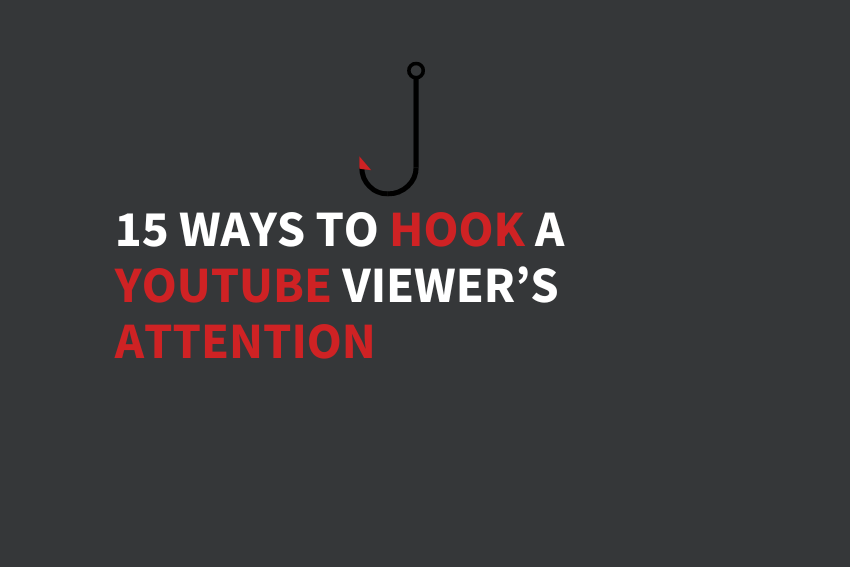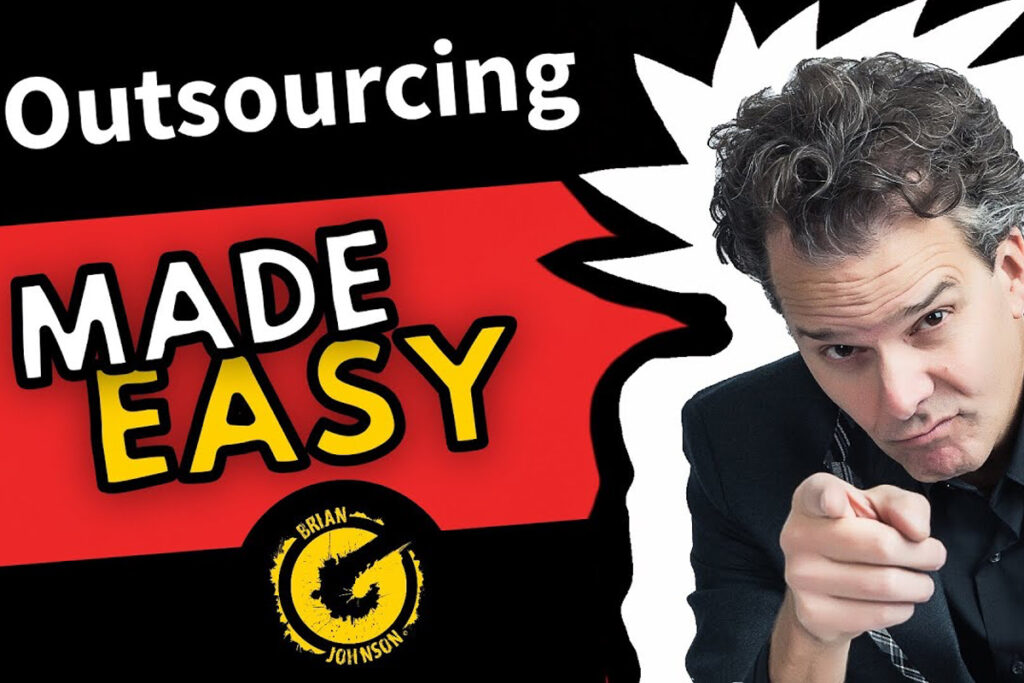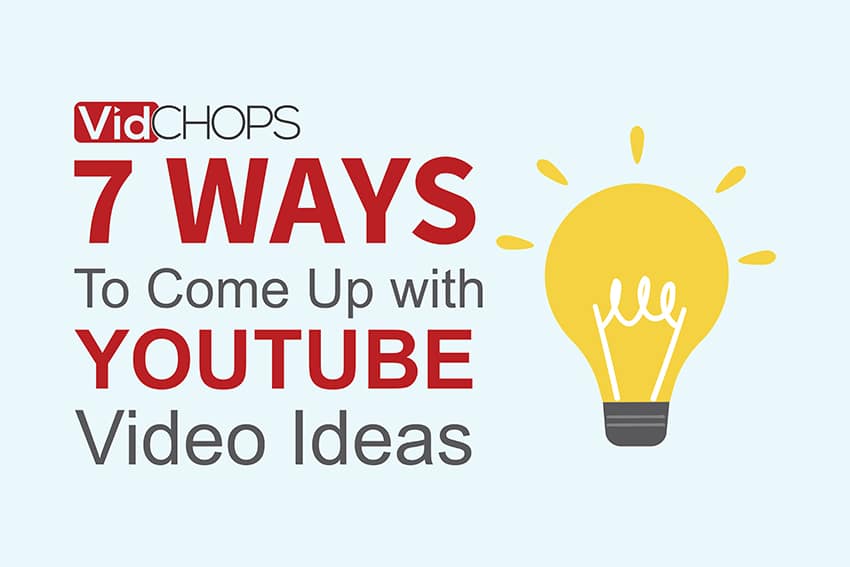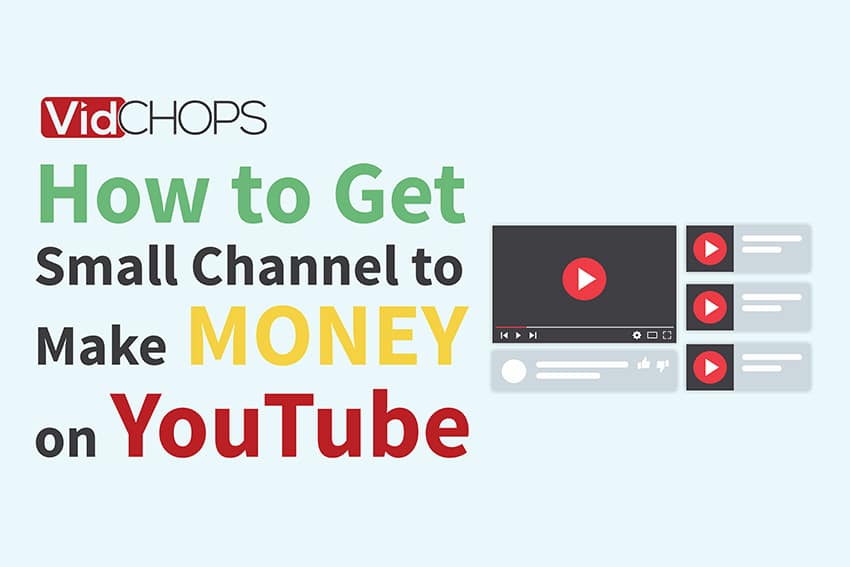How Top Video Creators Turn Simple Views Into 7-Figure Businesses
We break it all down on The Video Creatr Show, click the link below.
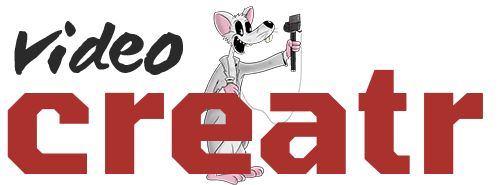
You have 15 seconds to grab a YouTube watcher’s attention. That’s it. With a plethora of online content, most people don’t take very long to decide whether or not to keep watching.
If your content feels boring, irrelevant, or like you’re wasting their time, the viewer is out.
That’s why using a hook is so important.
What is a Hook?
A hook is a beginning or introduction that grabs the audience’s attention, stokes their interest, and entices them to continue watching.
Hooks are short. Think the first 5, 10, 15 up to 25 seconds. You want to rope them in immediately, but don’t want to let that effect wear off before getting to the main content.
This technique originates in the literary world. But hooks should also be used in videos to effectively captivate and capture your watchers.
If you want help incorporating hooks into your YouTube scripts, check out our script writing pdf. It can help you write all-around better scripts.
Here are the top 15 hooks you can use in your YouTube videos.
- What is a Hook?
- 1 – In Media Res
- 2 – “In this video, I’m going to show/tell you”
- 3 – Ask a Question
- 4 – “What if…?”
- 5 – Rhetorical Questions
- 6 – Give a Value Hit for Instant Gratification
- 7 – Offer A Surprise
- 8 – Aerial Drone Shot
- 9 – Pain
- 10 – Hijack a Smart Sound Bite
- 11 – Make Them Laugh
- 12 – Tell or Start a Story
- 13 – Hook into Current Pop Culture with a Trending Story
- 14 – Fascinating Fact/Did You Know…
- 15 – Curiosity Gap
- Write YouTube Video Intros That Hook!
1 – In Media Res
Epic openings thrust viewers right into the action. This is called “in media res”. It’s a dramatic technique of starting in the middle of ongoing action.
In media res doesn’t start off with an intro, then slowly build up. The viewer enters when things are already underway.
Perfect examples include Goodfellas, Fight Club, and the Godfather I. Those movies start right in the thick of things.
Your YouTube video can do the same thing. If you want to show something action-oriented or with a ton of drama, try starting there. If necessary, your video can loop back to explain things.
2 – “In this video, I’m going to show/tell you”
Skip the fancy intro shots and simply tell the viewers what they’ll get by watching. This is perfect for time-crunched watchers.
It’s a great technique to use when you’re making informative content like a DIY video, a secret hack, tips for fixing things, product reviews, or anything else.
This immediately lets viewers know if they’re in the right place and assures them that watching your video will deliver what they want.
Purposeful YouTube watchers don’t want to waste their time. Tell them that they’re in the right place and they’re more likely to stick around.
3 – Ask a Question
Ever notice that you tend to mentally answer almost every question that’s asked? Did you answer the one we just asked you? Or that one?
Questions force engagement. Our brains naturally respond when something is asked. This happens because questions trigger a mental reflex called “instinctive elaboration.”
The question takes over our mind, forcing us to think about what the questioner wants. By the way, we can officially only consider one idea at a time, so this is a great way to capture immediate attention.
Thinking about questions releases serotonin creates new neuronal connections, increases activity in the reward and pleasure areas of our brain, and makes us more likely to engage in whatever activity we’re contemplating.
Plus, questions also help build rapport, enhance the asker’s credibility, and start to shape the answers we give.
This is an unconscious reflex mechanism. Your viewers have as much control over it as they do over blinking or breathing. Scientists and researchers are still delving into the psychology of asking questions and what it does to our brains.
Safe to say, asking questions is a great way to hook your audience.
4 – “What if…?”
We know that questions are always answered. But there are different ways to ask them – and not all questions are as psychologically powerful.
You can further engage the viewer’s imagination and direct their minds into thinking about what you want, by asking hypothetical “what if…” questions.
Asking “what if…” is a careful way to frame a question. You can tease a question, tease an answer, or get viewers thinking about some imaginary situation.
For example, let’s say you’re a wellness coach who wants to share some sleeping tips or promote relaxation products.
You could ask viewers a statement:
- Sleeping is important for your health and metabolism, so make sure to get enough.
You could ask them a question:
- Did you know that sleeping burns more calories than watching television?
Or you could ask a hypothetical “what if” question:
- What if sleeping in is the one thing that could help you finally break that weight loss plateau?
What do you think would be more powerful? If you want to share some knowledge or advice, try developing “what if” questions to introduce your content.
5 – Rhetorical Questions
You can take the questioning a step further, by bombarding your viewers with a series of rhetorical questions.
This starts them thinking about the topics you want them to do while continuing to lead them deeper into mental engagement with you.
Simon Sinek did this in his now famous Ted Talk, “How great leaders inspire action.” He bombards the audience with a series of questions in the first minute. He asks the viewers conceptual questions about achievement, questions about Apple’s innovation, touches on Martin Luther King, asks about the Wright brothers, ask why certain men stand out where others fall into obscurity, etc.
Sinek’s speech currently has 59,838,898 views. It’s a classic and you can learn from it.
6 – Give a Value Hit for Instant Gratification
Instant gratification is horrible when it’s controlling your habits, inhibiting long-term goals, and delaying productivity. But it’s an awesome tactic for video content creators to use.
Give your viewers an instant reward for watching your content. This does two things – it lets them know they’re in the right place and lets them know your content is worth it. If videos are good enough and relevant to what they want, viewers are likely to continue watching.
You can provide gratification by discussing the main points, giving a summary, recapping the ending, providing a conclusion, and giving an outline.
7 – Offer A Surprise
Sharing something unusual, surprising, shocking, or contrarian? Let your viewers know that you have a twist to share.
You don’t have to share all of it at once. But make sure to bring a quick hit of something unexpected right to the intro.
8 – Aerial Drone Shot
A sweeping aerial shot creates visual interest and draws the eye around. Viewer attention is drawn in with it.
Aerial shots are renowned for creating emotional responses. It’s a gorgeous way to introduce real estate, lifestyle content, location shots, travel footage, and more.
A panoramic shot works well across rural landscapes and in urban areas.
9 – Pain
Have a solution, insight, or meaningful thought to share? There’s likely some pain associated with it. That pain could belong to viewers who might be currently suffering. Or it could be yours if you’ve moved past a situation or are going through something and want to connect with others in the same situation.
Touch on that pain in the intro. Those emotions are powerful. If you can open it up, your viewers are sure to stick around.
You can tap into their pain to let them know you have a solution or can commiserate. Or can share your pain to express vulnerability and bond viewers to you.
This is a powerful technique. Be sincere, stay ethical, and don’t misuse it.
10 – Hijack a Smart Sound Bite
Steve Jobs was absolutely brilliant. You can tap into his image or anyone else’s by dropping the perfect quote or two. It’s not a great idea to spend time trying to make up great quotes or construct the perfect soundbite.
It’s best to borrow from others. You can appear smarter, more competent, more credible, and more successful simply by associating yourself with outstanding people. Quoting either tap you into people the viewers already value or shows them that you can relay quality information that’s new to them.
After all, if you’re clever enough to know about them, value their opinion, and relay sound historical advice, there’s a good chance that you’ll have other worthwhile things to say.
Sound bite away.
11 – Make Them Laugh
Make your viewers laugh. Laughter brings us together, produces positive emotions, triggers the release of endorphins, and influences social bonding.
You can make a joke, show bloopers, or show some kind of funny footage.
Funny YouTube videos are always a winner. Just make sure not to come off corny or like you’re trying too hard.
12 – Tell or Start a Story
We all love a good story. Storytelling and the love of it is a part of human nature that’s common to all of us.
Stories draw us in, move us, help us connect with others, and persuade us. This is a great way to introduce yourself to viewers, bring unfamiliar viewers into the video, and share your point of view.
You have two ways to do this. You can tell a mini story to begin the video – one that relates or connects to the rest of the footage somehow. That’s a perfect way to capture attention.
Or you can start a story then leave them hanging and finish it later.
Make sure to use a solid storytelling narrative structure, with a clear beginning, middle, and end.
13 – Hook into Current Pop Culture with a Trending Story
Heard of newsjacking? That’s a term for creating marketing or branding around a piece of news that’s current and breaking or well-discussed.
You can grab part of their attention, link your story to current times, or use it to appear up-to-date and relevant.
Hit on what’s going on, adding your insights and ideas. You can use it in a humorous way to segue off. Or add more meaningful input to the conversation.
14 – Fascinating Fact/Did You Know…
Give your viewers a clever fact or tidbit to think about. Make it surprising, startling, weird, unusual, controversial, or intriguing.
You can tell them statistics, odd things, references, anomalies, pointers, historical information, or just things they should know.
Make sure all the information is relevant to your video in some way. You don’t want to create false expectations or create jarring video content.
15 – Curiosity Gap
The curiosity gap is a space between when information that’s promised and when it’s delivered. It starts when we detect that new information is available to us but not yet accessed.
Our brains become motivated to get that info and close the gap. It’s some kind of survival-oriented psychological mechanism.
Video introductions can use the curiosity gap by subtly teasing a part of the video’s drama right in the beginning, then leaving viewers on the hook until later.
Take advantage of this as much as you can. Marketing experts, copywriting gurus, and mainstream news outlets all employ this. You should too. Just make sure that you offer some form of resolution within the video itself.
You don’t want viewers to get frustrated when watching your videos or to feel like you’re playing them for views.
Write YouTube Video Intros That Hook!
Writing, filming, and editing YouTube videos isn’t easy – especially if you want to create slick and professional-looking videos.
All three of those tasks take skill, practice, dedication, and a lot of hard work. Story consultant Robert McKee says, “writing is a marathon, not a sprint.”
Take those words to heart as you get down to business. And take our free script writing pdf as you get down to business.
Our Script Writing Guide will walk you through the process of writing powerful and effective YouTube video scripts – hook and all.
We can’t help you out with filming, but we can edit your content into a gorgeous video that skyrockets your growth on Youtube. Try Vidchops out now.
